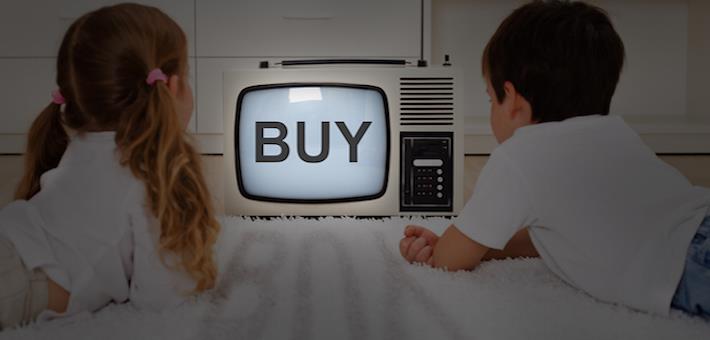
This is Advertising! Children’s View on Advertising Disclosures
Advertising regulations prescribe that digital advertising should be recognizable for children by using an advertising disclosure. However, they do not further specify how these disclosures should be designed and implemented. As a result, digital advertising often uses many different types of advertising disclosures (for example advertisement, sponsored or product placement). But do these disclosures really help children in better recognizing digital advertising? A study in the Journal of Advertising shows that existing advertising disclosures are not that helpful for children. However, the children in the study do have some useful tips to improve them.
Take aways
Children benefit the most from advertising disclosures when:
- the language in the disclosure is age-appropriate;
- the colors, font, and shape of the disclosure’s design are prominent and striking;
- the disclosure occurs at a central position (for example on top of an online banner).
Study information
The question?
How should an advertising disclosure look like to be a) recognizable and understandable for children between the ages of 6 and 12 years old, and b) successful in alerting them to digital advertising?
Who?
213 children aged 6-12 years old (around 55% boy)
Where?
Belgium
How?
First, the researchers organized co-creation workshops with children to determine a selection of disclosure designs based on insights from the children. Second, two eye-tracking studies tested which of these disclosure designs attracted the most attention when the disclosures were integrated into banner ads on the children’s website Nickelodeon. These studies led to the selection of the final advertising disclosure: a black rectangular graphic with the word Reclame! (Dutch for “Advertising!”) in yellow letters. The disclosure had rounded corners and a light pulse animation. A final study tested the effectiveness of the selected disclosure by comparing it with existing ones (the banner disclosure “advertisement” and the product placement logo “PP”).
Facts and findings
Development of the disclosure
- According to the children, advertising disclosures should:
- have a shape that stands out (rounded corners, triangle, explosion shape)
- have a striking color (red or yellow in combination with black to create a contrasting effect).
- contain the word reclame (Dutch for “advertising”)
- include an exclamation mark, especially in combination with the word reclame
- According to the children, an advertising disclosure should NOT use terms such as commercial information, sponsored, or product placement, nor abbreviations, because most children would not understand what the abbreviation stands for.
Attention to the disclosure
- The children paid very little attention to advertising disclosures that were placed in the upper-right corner of the online banners.
- They payed slightly more attention to disclosures that were placed at a central position, on top of the online banners.
- They paid most attention to the disclosure that looked like a black rectangular graphic with the word Reclame! (Dutch for “Advertising!”) in yellow letters.
Disclosure effectiveness
- The children recognized, understood, and liked the child-inspired advertising disclosure better than existing ones (“advertisement” and “PP”).
- The children were better able to recognize advertising after exposure to this child-inspired advertising disclosure than after exposure to the existing disclosures.